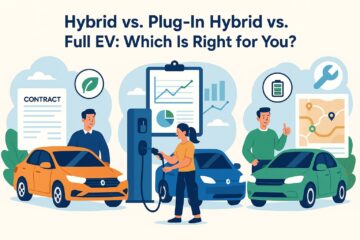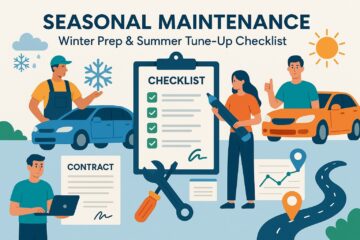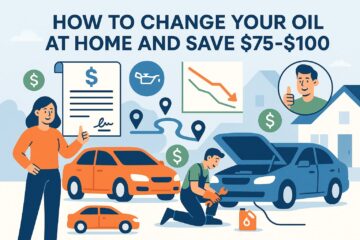
How to Save Money on Car Maintenance Without Sacrificing Safety
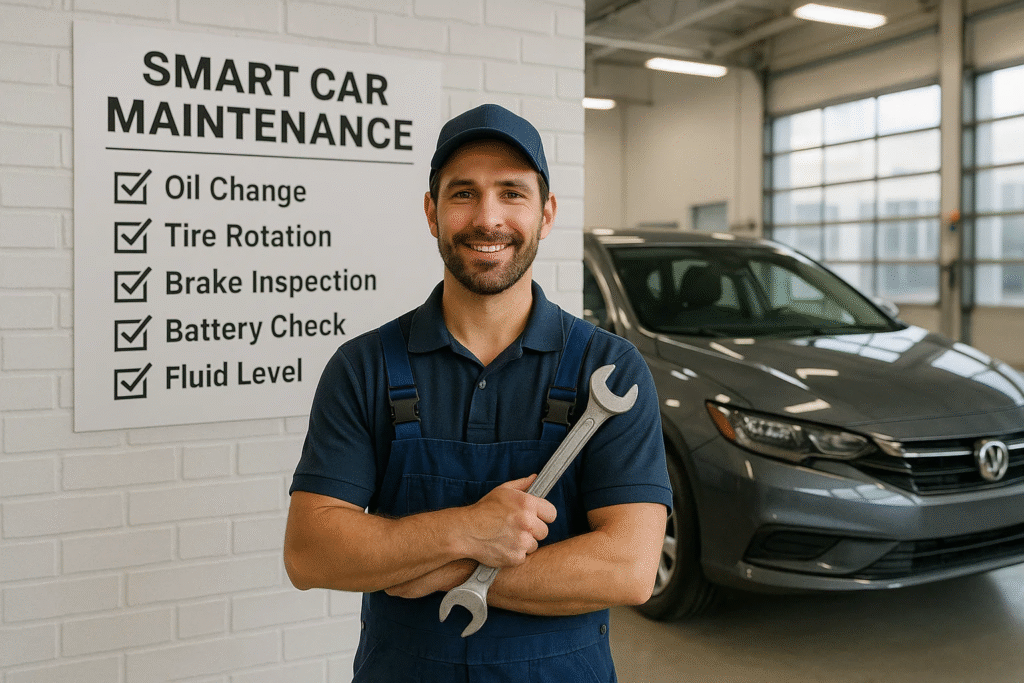
Owning a car is like owning a piece of machinery that’s constantly asking for attention. Ignore it, and it’ll bite back—usually when it’s least convenient. But here’s something many car owners don’t realize: you can significantly reduce your car maintenance costs without ever compromising on safety.
As someone who’s been around cars for over 20 years—working under the hood, inside dealerships, and even behind the parts counter—I’ve seen what works, what’s wasteful, and what puts people in danger. Here’s what I’d tell any driver who wants to keep their car reliable and their wallet intact.
1. Start With Your Owner’s Manual—Not Your Mechanic
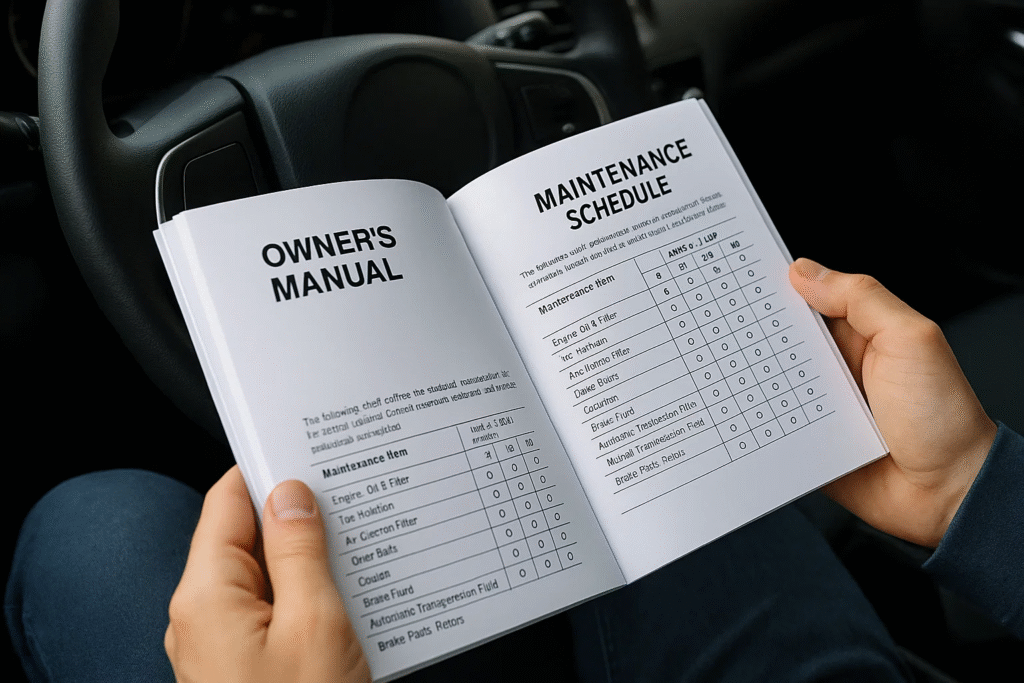
Let me say this bluntly: your owner’s manual is more trustworthy than the guy at the service desk trying to upsell you a “premium” air filter for $70. That manual tells you exactly when your car needs an oil change, how often to rotate tires, when to replace fluids, and so on.
Most people don’t realize manufacturers build in safety buffers. If the manual says change the timing belt at 100,000 miles, don’t let a dealership talk you into doing it at 60,000 unless there’s a real issue. Follow the manual—not the marketing.
2. Learn to Do the Basics Yourself (It’s Easier Than You Think)
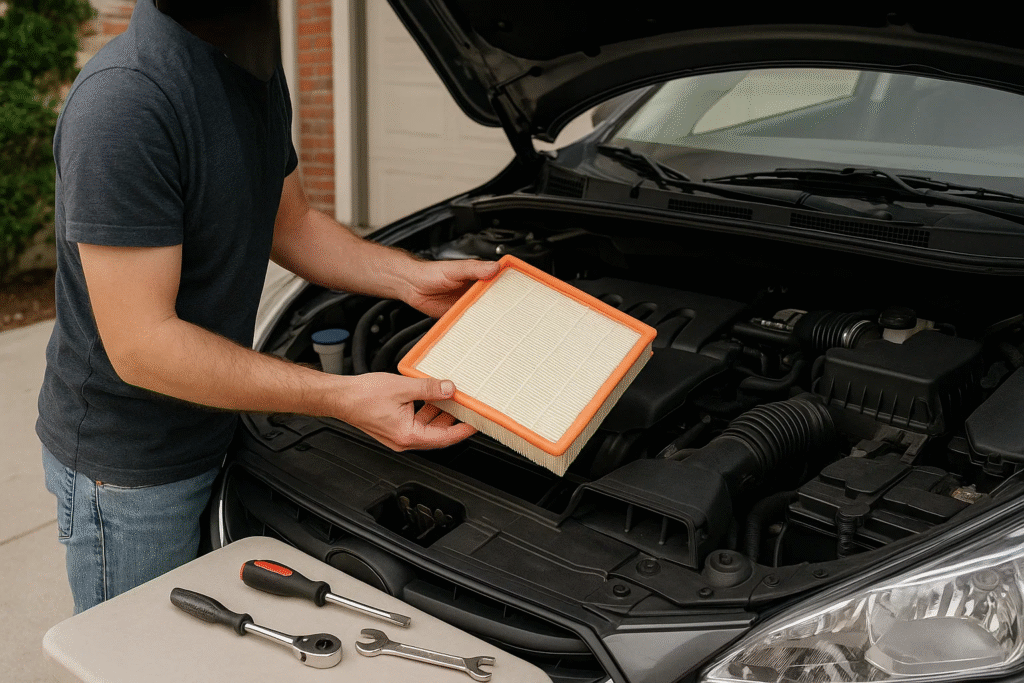
I’ve taught teenagers how to change oil, install new wiper blades, and replace air filters. Trust me—you can do it too. You don’t need a lift or a full set of mechanic’s tools. Just a few basics and a good video tutorial (ideally one specific to your car model).
Here are simple tasks you can do without breaking a sweat:
- Swapping out air filters (takes 5 minutes)
- Replacing wiper blades
- Changing spark plugs (on most cars)
- Rotating tires (if you have a jack and stands)
- Checking and topping off fluids
Each of these tasks saves you anywhere from $30 to $150—per job. You also gain a much better understanding of how your vehicle works, which makes you harder to scam.
3. Don’t Overpay for Parts—But Don’t Cheap Out Either

One of the biggest traps car owners fall into is assuming dealerships or quick-lube shops use better parts. Often, they use the same stuff you can buy yourself for half the price. Go to a reputable auto parts store or use trusted sites like RockAuto or FCP Euro.
That said, avoid bargain-basement parts off no-name websites. I’ve seen brake pads crumble after 5,000 miles and cheap oil filters clog and kill engines.
Here’s what I recommend:
- Stick with known brands like NGK, Bosch, Mann, Denso, or Moog.
- Always compare OEM pricing to quality aftermarket parts.
- Avoid ultra-cheap Chinese knockoffs, especially for safety-critical systems like brakes, suspension, or steering.
Buying your own parts and having a local mechanic install them can easily save you 40–60% on total repair costs.
4. Preventive Maintenance Isn’t a Cost—It’s a Safety Net

Most car owners come to me when something breaks. But smart owners—those who rarely need a tow truck—stick to preventive maintenance like clockwork.
You should:
- Check tire pressure every month (your tires last longer and grip better)
- Inspect your brake pads every 10,000 miles
- Flush brake fluid every 2–3 years
- Change transmission fluid based on what your manual says—not what the guy at the quick lube place suggests
Neglecting these things doesn’t just lead to costly repairs—it can put your life at risk. I once replaced a brake caliper for a guy who ignored a fluid leak. He could’ve lost his brakes at 60 mph.
Stay ahead, and your car won’t surprise you.
5. Build a Relationship with a Real Mechanic
Not all mechanics are equal. The guy who listens, explains things clearly, and doesn’t nickel-and-dime you? He’s worth his weight in gold.
You don’t need to go to the dealership unless your car is under warranty. Many independent shops do better work, use the same parts, and charge much less. They’re also more flexible if you bring your own parts.
Ask friends or coworkers for referrals. Look for a shop where:
- The techs are certified (ASE is a good sign)
- They show you the parts they replaced
- You get a detailed invoice—not vague descriptions like “misc services”
A trustworthy shop will save you far more over time than the cheapest one.
6. Use Tech That Actually Helps
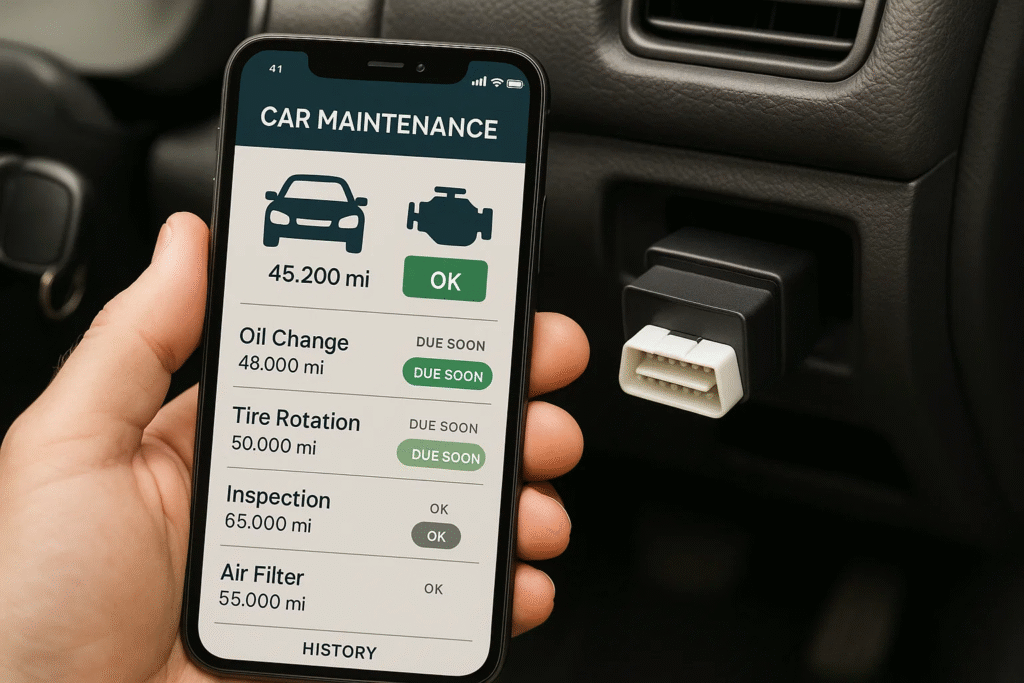
Forget gimmicky car gadgets. Here are two tech tools that can genuinely save you money:
1. OBD-II scanner: This reads your car’s trouble codes when the check engine light comes on. For around $30–$70, it’ll help you decide if the issue is minor (like a loose gas cap) or needs attention. You avoid unnecessary trips to the shop.
2. Maintenance tracker apps: Tools like Drivvo or Simply Auto let you log every oil change, brake job, or battery replacement. Keeping records helps you plan—and gives buyers confidence if you ever sell.
7. Know When to Call a Pro
Here’s the line I always draw: If the job could risk your safety or cost you thousands if done wrong—let a pro handle it.
Examples:
- Brake system bleeding
- Suspension alignment
- Timing belt/chain replacements
- Transmission issues
- Anything involving airbag systems
These aren’t “watch a video and give it a go” jobs. I’ve seen people save $100 on DIY only to spend $2,000 fixing the damage. Know your limits—and respect them.
Conclusion: Spend Smarter, Not Less

Maintaining a car isn’t about cutting corners. It’s about making informed, smart decisions. Learn your car’s needs, avoid over-servicing, do what you can yourself, and trust pros when it really matters.
If you follow this approach, you won’t just save hundreds—maybe thousands—over the life of your vehicle. More importantly, you’ll be safer every mile of the way.
FAQs
1. How often should I change my oil if I use synthetic?
Most modern engines are fine at 7,500–10,000 miles with full synthetic, but check your manual to be sure.
2. Is it safe to drive with the check engine light on?
Depends. If it’s flashing—no. Solid light? Use a scanner to check the code first.
3. Can I use cheaper oil or filters to save money?
Don’t. Low-quality oil and filters lead to engine wear. Stick with trusted brands even if they cost more.
4. What’s the #1 way people waste money on car maintenance?
Paying for services they don’t need—like early transmission flushes or “engine treatments” that do nothing.
5. What’s the best tool to buy if I want to DIY?
An OBD-II scanner. It’s your window into what your car’s computer is saying—and it pays for itself fast.

